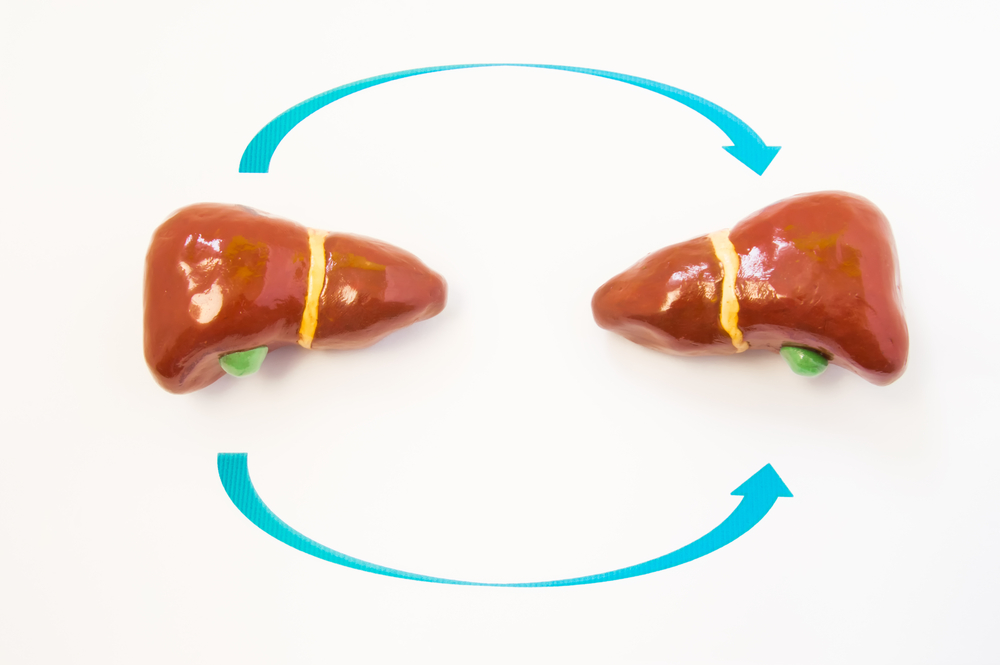FAQs About Liver Transplant for FAP

Familial amyloid polyneuropathy (FAP) is a rare genetic disease caused by a mutation in the TTR gene. The result is the buildup of amyloids, or protein clumps, in different tissues and organs. A possible treatment for FAP is a liver transplant.
Here are a few frequently asked questions and their answers about FAP and liver transplants.
Can a liver transplant cure FAP?
A liver transplant cannot cure FAP. It can, however, slow disease progression. The transplant can’t get rid of any amyloids that already have accumulated in the body. However, it can drastically reduce the amount of new amyloids forming. This is because the liver produces more than 90% of the amyloid proteins in FAP. By replacing the liver with a healthy one, your body should no longer produce large amounts of the amyloids.
Since the transplant does not cure the disease but merely slows it, it is important to have the transplant early to limit the amount of amyloid buildup in the body to improve outcomes.
What factors determine my eligibility for a liver transplant?
There are several factors that will affect your eligibility for a liver transplant. The earlier you are in your disease (such as stage 1, or possibly stage 2), the better.
Patients with advanced FAP with urinary incontinence and severe sensorimotor polyneuropathy usually are excluded due to a high mortality rate. If the disease is affecting your heart, you also are not a good candidate.
How long does it take to find a suitable liver?
A number of factors affect how long you might be on the liver transplant waiting list, known as the United Network for Organ Sharing (UNOS). The factor that plays the largest role is the model for end-stage disease (MELD) score, which doctors use to rank patients. In the system, patients who have higher MELD scores, or are sicker, receive higher placement in the list and usually shorter waiting times. Other major factors that affect waiting times include blood type and location.
With all of these factors, the average waiting time is around 149 days in the U.S. and 135 days in the U.K. Waiting times can be much higher for some people though, such as those with type O blood.
There are a few options available that can help reduce the time spent on the waiting list, including partial or split liver, living donor, and domino liver transplants.
What is a partial/split liver vs. whole liver transplant?
In the past, whole liver transplants were the only option. In that surgery doctors transferred an entire liver from a deceased donor to a recipient. More recently, they have been able to split livers from deceased donors and give them to two recipients instead of just one. Each piece of liver is able to regrow into a full-size and functioning liver.
There is some debate, however, about when a liver can be split and when a donor is eligible for a partial liver transplant. Doctors also are able to take a portion of the liver from a living donor to give to a recipient. This is a living donor liver transplant.
What is a living donor liver transplant?
In a living donor liver transplant, a healthy, living donor, who has a compatible blood type, volunteers to have a portion of their liver removed and donated to a recipient. The partial livers in each person will regenerate into full livers in about eight weeks. A living donor liver transplant usually comes from a relative or close friend.
What is a domino liver transplant?
In patients with FAP, there is another option called sequential, or domino liver transplant. In this procedure, doctors take a healthy liver and transplant it to a FAP patient. They then transplant the FAP patient’s liver into another person on the liver transplant list. This way two people can benefit from one initial donor liver. Doctors usually transplant the FAP liver to someone who is older and has liver cancer, Hepatitis B or C, or cirrhosis.
What are the risks of liver transplant?
Liver transplant, as with any surgical procedure, has risks. Risks specific to liver transplant include bleeding, blood clots, infection, complications of the bile duct, liver failure, and rejection.
How long will it take to recover?
After the surgery, you most likely will be in the hospital for seven to 10 days. Most patients recover and resume their normal lives within three to six months.
How long will the new liver last?
The new liver should last for the rest of the person’s life, assuming no complications arise, since the liver can regenerate. One study showed that median survival was 20.92 years after transplant.
Do I need to make lifestyle changes after the transplant?
After your liver transplant, you will have to take several medications including immunosuppressants, in order to prevent your body from rejecting the new organ.
Since you will be on immunosuppressants you will be more susceptible to illnesses, putting you at higher risk for infections. You will need to take extra precautions to make sure you are not around others who are sick or had certain live vaccines for a period of time.
It also is a good idea to adopt a healthy lifestyle, including proper diet, exercise, and sleep. You also should avoid toxic chemicals such as pesticides, paint removers, and some cleaning products. You should avoid alcohol because your liver may be more sensitive to damage from it. Moreover, alcohol can interfere with the breakdown of certain medications that you may be taking.
Last updated: Sept. 24, 2020
***
FAP News Today is strictly a news and information website about the disease. It does not provide medical advice, diagnosis, or treatment. This content is not intended to be a substitute for professional medical advice, diagnosis, or treatment. Always seek the advice of your physician or other qualified health provider with any questions you may have regarding a medical condition. Never disregard professional medical advice or delay in seeking it because of something you have read on this website






